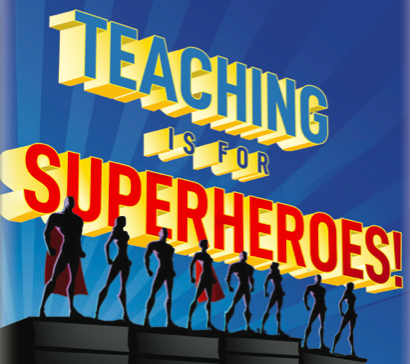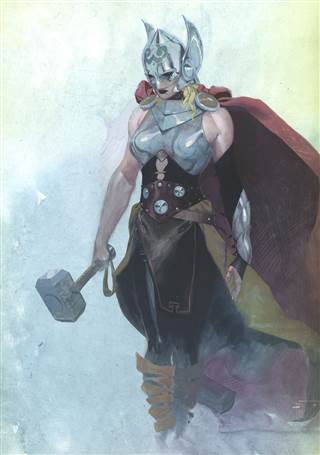March is Women’s History Month, and Edutopia has provided several lesson ideas teachers can use to help students examine “women’s contributions, struggles, and triumphs throughout history.”
In recent history, Marvel Comics has given more support to their female superheroes, with solo titles starring a new Ms. Marvel, Captain Marvel (the old Ms. Marvel), Black Widow, Spider-Woman, and much much more . . .
An all-female X-Men team stars in the relaunched comic book X-Men.
An all-female Avengers team will soon star in a book called A-Force.
Heck, even Thor is a woman right now, which hasn’t pleased everyone.
For their part, DC Comics has recently given Wonder Woman long sleeves:
Speaking of Wonder Woman, Harvard professor Jill Lepore’s The Secret History of Wonder Woman has earned all kinds of praise and prizes for its examination of the iconic super heroine’s creation as well as women’s history in the 20th century, which circles us back to the start of this blog post.
What does this have to do with teaching?
For better or worse, teaching has often been looked as a “woman’s profession.” In fact, another Harvard-based publication refers to teaching as “Woman’s ‘True’ Profession.”
While this notion may help to empower women and celebrate their impact on society, it can also lead to fewer men working as teachers, especially with younger grades. For example, a study in England found that 25% of all primary schools are staffed entirely by women. Is this good or bad? As a happily married male, I will respectfully and delicately sidestep that discussion for another time.
Another study in England found that women are disproportionally fewer in roles of “headteachers” and “school senior leaders” (translation: administrative and school leadership roles). Such a gender imbalance is probably not a good thing.
Male or female, super-powered or human, Marvel or DC, all teachers play a vital role in successful student learning. Or, as one new book says, “it takes team effort:”
“Men and Women working together to enhance children’s lives.”
That’s a wonderful thing.










